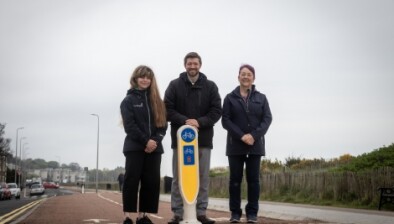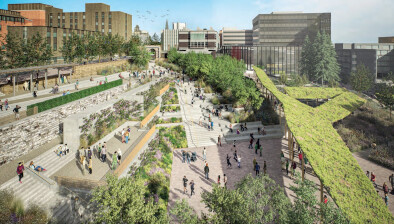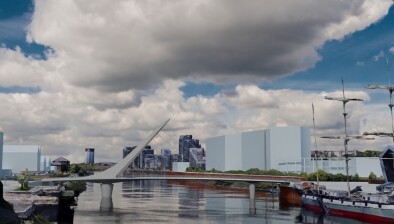New guide launched on how to create 20-minute neighbourhoods
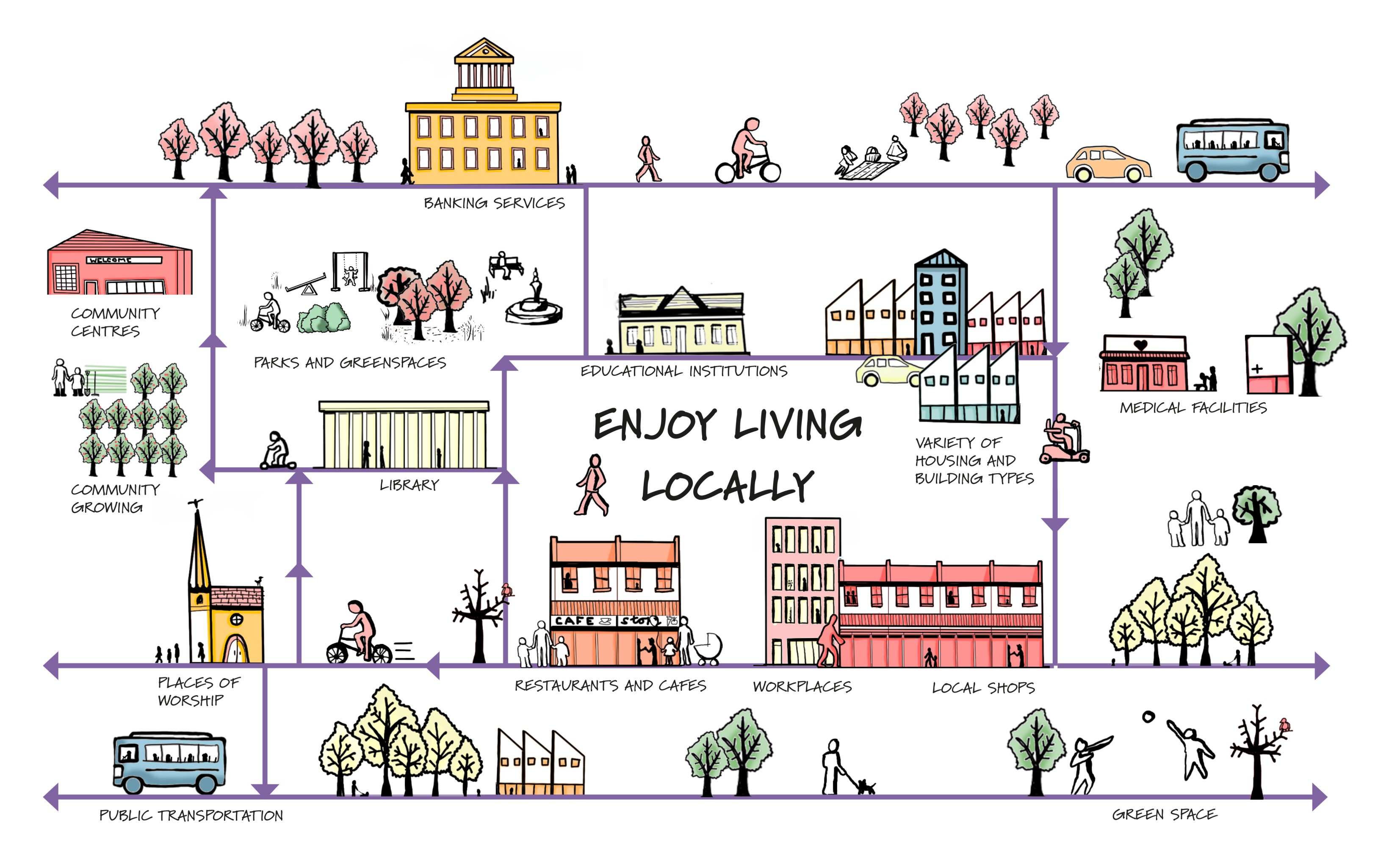
A new guide outlining how the concept of a 20-minute neighbourhood can be applied in practice has been created by an urban design expert at the University of Dundee.
Dr Husam Al Waer, reader in sustainable urban design at the University’s Duncan of Jordanstone College of Art & Design, has written the guide launching today at an event at V&A Dundee.
The guide, called Understanding the 20 Minute Neighbourhood: Making opportunities for people to live well locally, is aimed at policy makers working to implement these types of communities and is in line with the Scottish Government’s most recent National Planning Framework (NPF4).
It is also aimed at local authority decision makers, planners, architects, urban designers and members of the community who want to understand if and how the ideas underpinning the 20-minute can be applied to where they live and work.
A 20-minute neighbourhood is an area which has adequate and affordable housing options and services, amenities, workspaces and green spaces all within a 20 minute journey, either by foot, cycling, or public transport.
Recommendations within the new guide are based on research carried out in several areas of Scotland – including Dundee, Perth and Angus where postgraduate students helped collect evidence working with policy makers and practitioners – and practical advice gained from areas across the UK where 20-minute neighbourhoods are already being considered.
Dr Al Waer said: “For a 20-minute neighbourhood to work, it’s about bringing people with you – don’t just tell people what they should do, give them options.
“It’s not about restricting movement or creating a cage, it’s about diversity, giving people affordable and convenient options and the freedom to choose. If that’s available locally, people will choose to use it.”
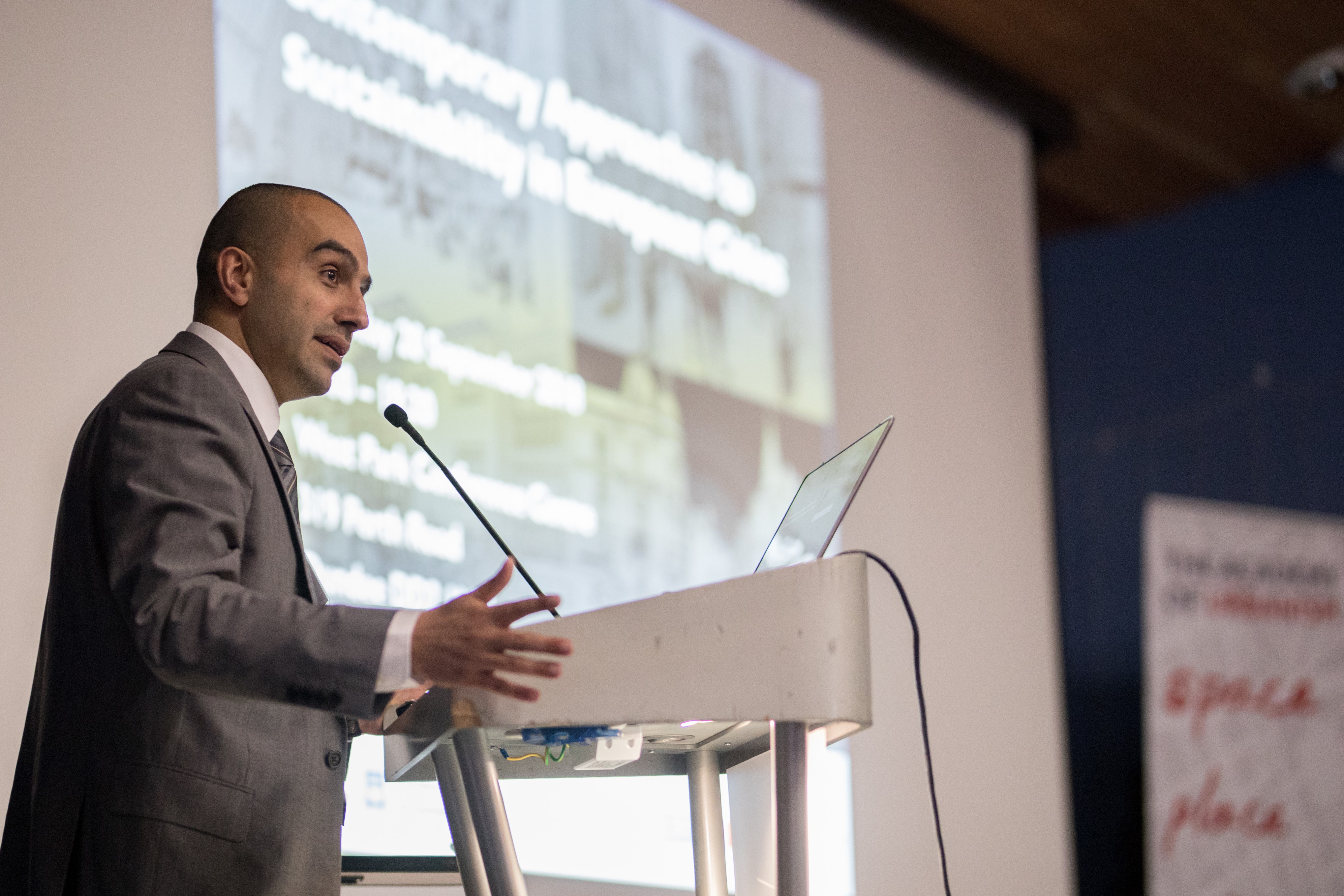
Dr Husam Al Waer
The idea behind these neighbourhoods is that the close proximity of amenities and services can help communities move towards net zero carbon emission targets, while also increasing residents’ quality of life, reducing inequality and deterring anti-social behaviour.
Dr Al Waer says that while the concept might be straightforward enough to grasp, it is not always straightforward to achieve as many post-war neighbourhoods have been designed around the car.
“It’s not about a war against the car,” he added. “It’s about living well locally and allowing our communities to prosper in a way that used to be the norm.
“By giving more power to local decision making, we create better places to live and reduce our dependency on the car and establish a milestone for our delivery of net zero.”
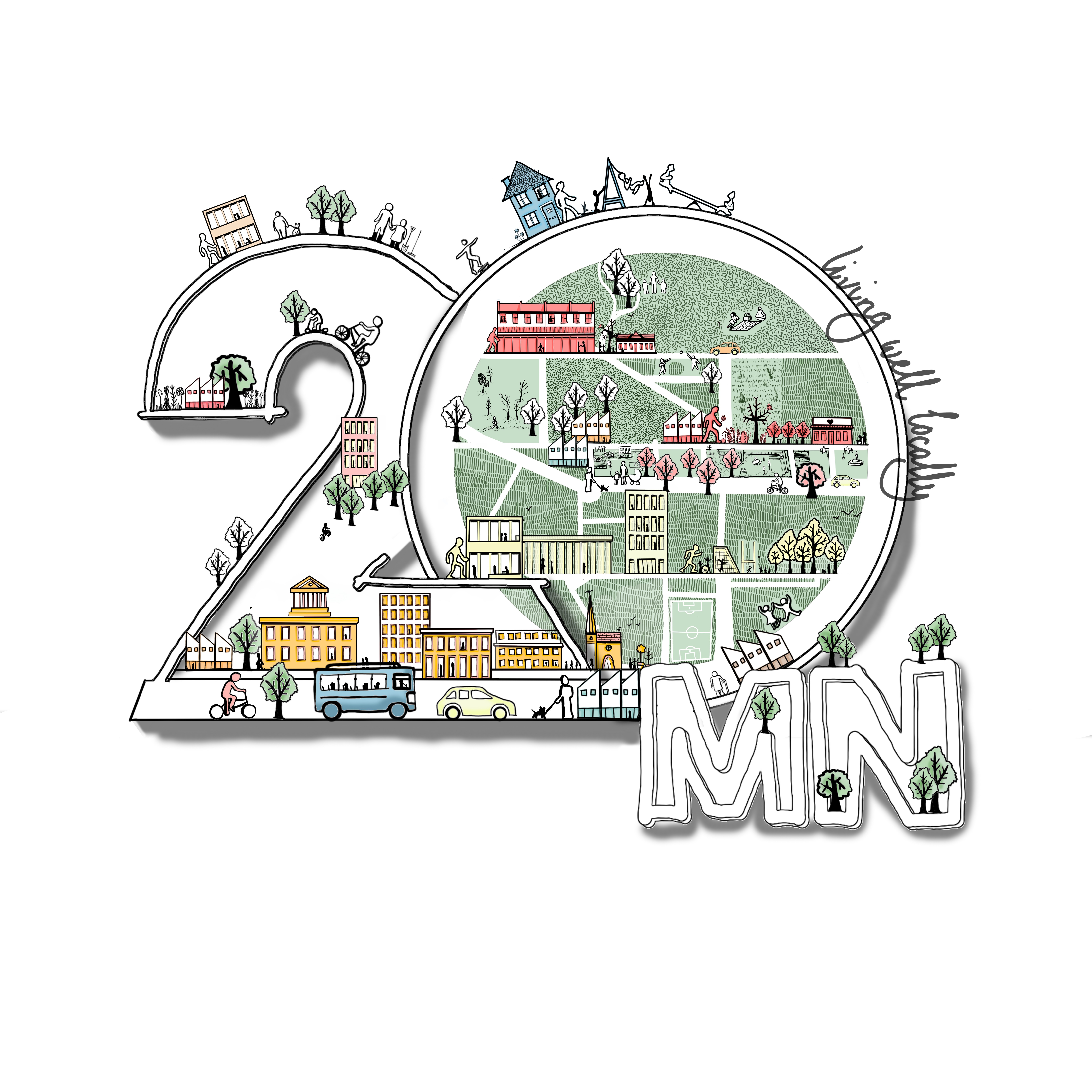
This new guide advises on the practicalities of bringing together different strands of the concept, including proximity, density, critical mass, and overcoming scepticism from stakeholders.
Readers are taken through key considerations, from understanding and articulating the desired outcomes, and assembling the necessary means, to setting out the changes and behaviour required to support the neighbourhood.
It covers both the design of new neighbourhoods and what needs to be done to retrofit existing ones, and it illustrates what can be done in urban, suburban and rural areas.
“It’s worth noting, a 20-minute neighbourhood defies clear definition,” Dr Al Waer said.
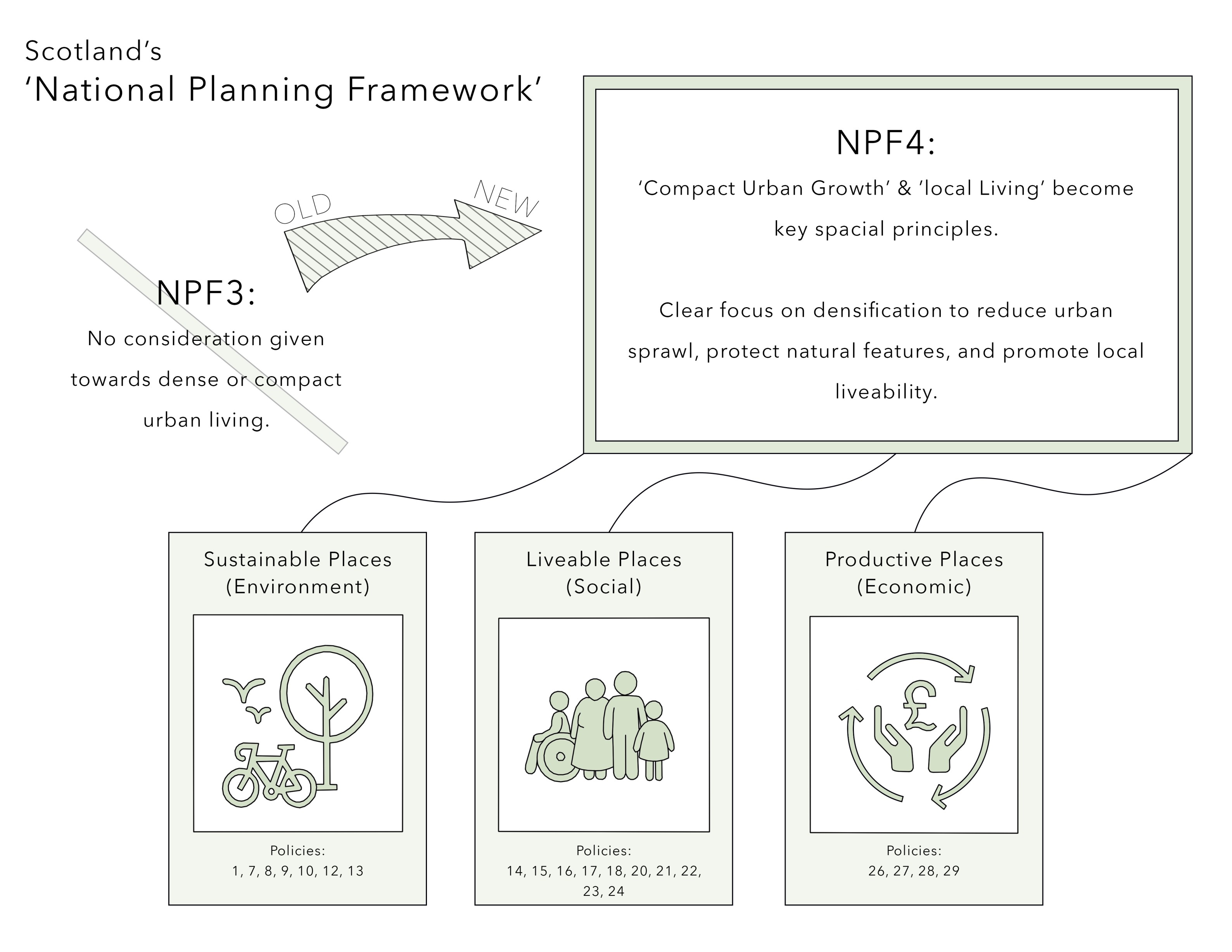
“There is no single paradigm around which to organise thought and action. Instead, there are competing viewpoints about how best to deliver 20-minute neighbourhoods and how much priority should be given to each of their component parts.
“Each case or project has its own specific context and circumstances. What may work in designing a new urban neighbourhood may not apply when retrofitting an existing one.
“We hope that armed with the knowledge and advice in this guide, those seeking to develop 20-minute neighbourhoods feel better informed and more confident about if and how to roll out the concept to suit their individual circumstances.”
Special thanks have been given to sponsors and contributors Urban Design Group, Sustrans, Corstorphine & Wright Architects, Hilson Moran, and Proctor & Matthews Architects.
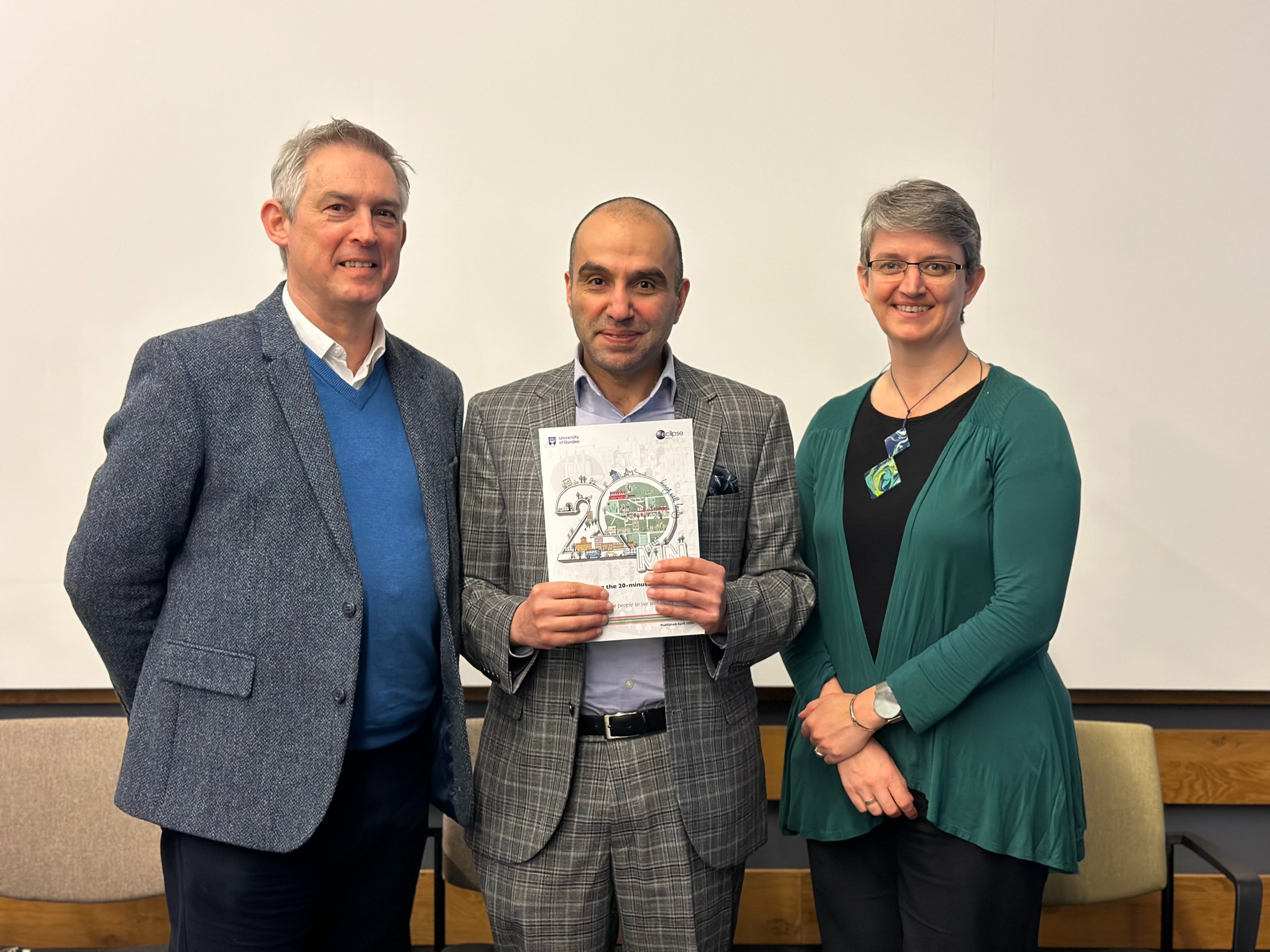
(from left) Kevin Murray, of Kevin Murray Associates, Dr Husam Al Waer and Maggie Chapman MSP
Scottish Greens MSP Maggie Champan, who was in attendance at the launch event, said: “The concept of a 20-minute neighbourhood is not a new thing, it goes back decades to when communities had all the facilities, services and amenities they needed on their doorstep, in urban and semi-urban areas.
“Four or five decades of our current economic system has pushed that integration out of our daily lives and with that we’ve seen a loss of our community high streets and a loss of all the things that pull people in.
“This concept offers the opportunity to bring us back together and bring back the things that matter to us day to day by looking at how we can salvage the community and address the bigger challenges we face as a world.
“The climate crisis is becoming more real and if we can make our communities more accessible so that we don’t need to commute or spend a lot of time in a vehicle every day, it could greatly improve our quality of life, health and wellbeing.”













